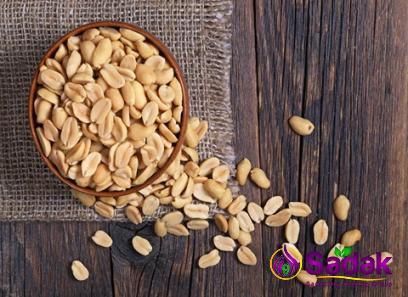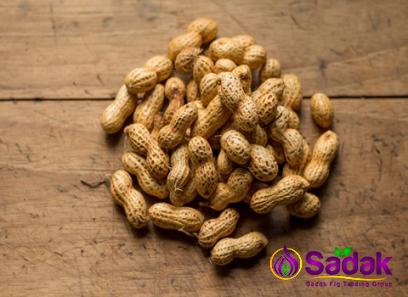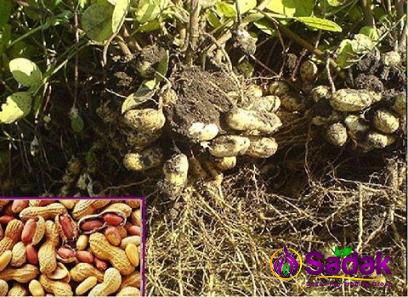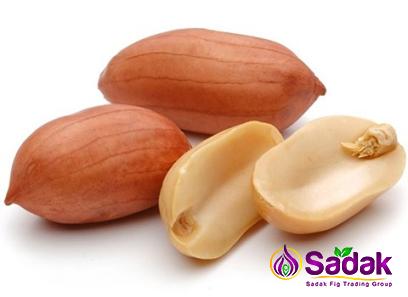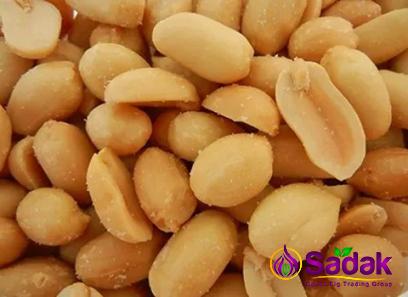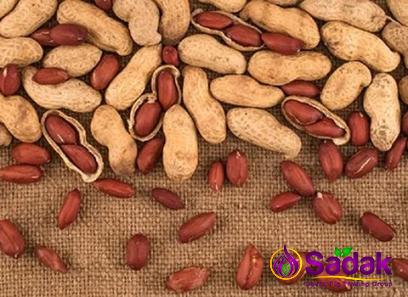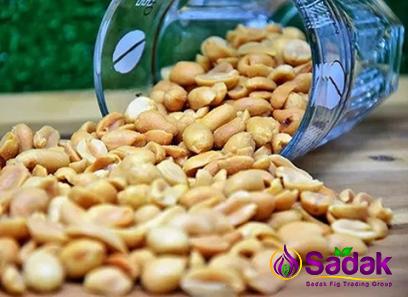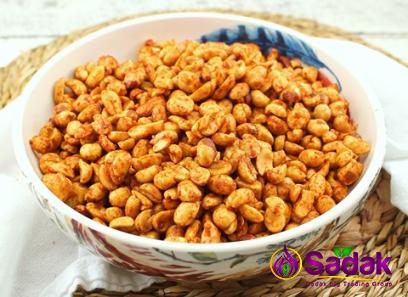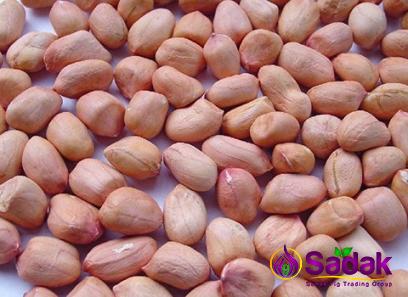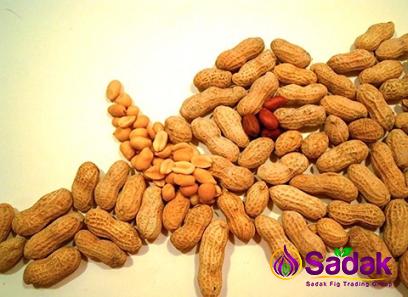The cashew market, also known as the cashew nut market, is a significant segment within the global nuts and seeds industry. Cashews, derived from the cashew tree (Anacardium occidentale), are highly sought after for their distinct flavor, nutritional value, and versatility in culinary applications. Understanding the market rates in the cashew industry is crucial for producers, traders, and consumers alike. This article aims to provide an overview of the cashew market rates, including trends, influencing factors, and price analysis.
Global Cashew Market Overview:
The global cashew market has witnessed substantial growth in recent years. According to industry reports, the market was valued at around $8.9 billion in 2020 and is projected to reach a value of over $13 billion by 2026, growing at a CAGR of approximately 7.5% during the forecast period. The rising popularity of plant-based diets, increased health consciousness, and growing demand for value-added nut products are major factors driving this growth.
Factors Influencing Cashew Market Rates:
Several factors contribute to the fluctuations in cashew market rates. These include:
1. Supply and Demand Dynamics: The balance between cashew supply and demand significantly impacts market rates. Any increase or decrease in production can influence prices accordingly. For example, weather conditions, such as drought, can lead to reduced crop yields, causing prices to surge.
2. Geopolitical Factors: Political instability, trade tariffs, and export/import regulations imposed by different countries can affect cashew prices. Trade agreements and disruptions in major cashew-producing regions can also have an impact.
3. Currency Exchange Rates: Fluctuations in currency exchange rates can influence the cost of importing and exporting cashews. When the domestic currency weakens in relation to other currencies, it becomes more expensive to import cashews, leading to an increase in prices.
4. Quality and Specifications: The quality of cashew nuts, including size, color, taste, and shell cleanliness, can influence their market price. Higher-quality cashews often command premium prices in the market.
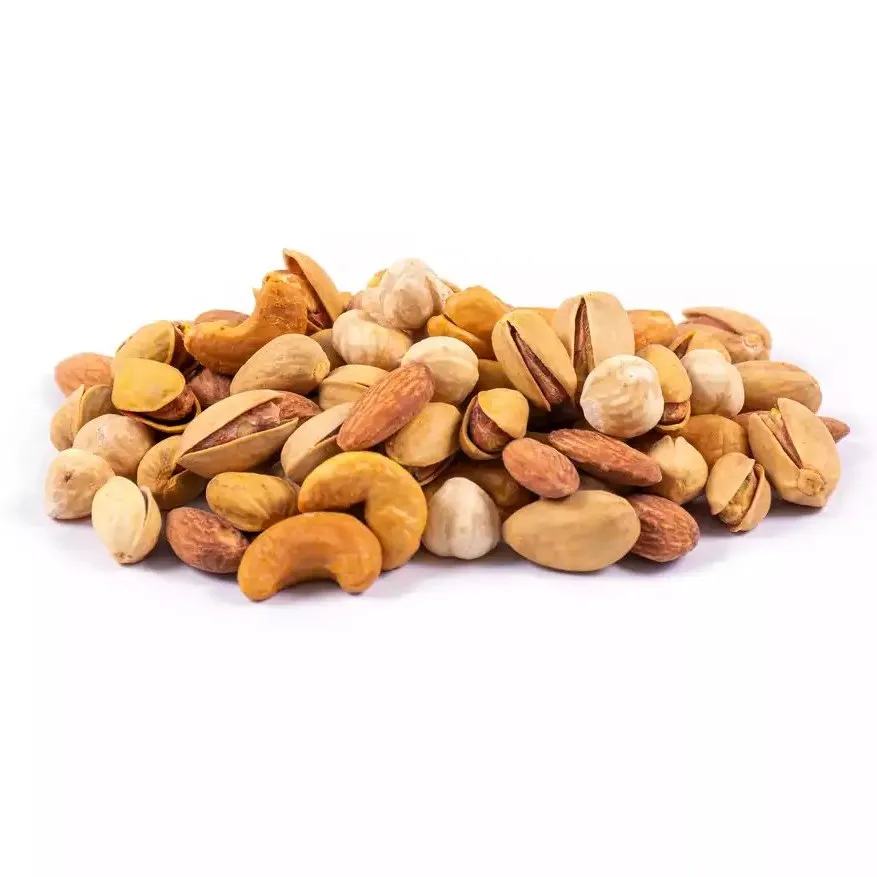
5. Processing and Value Addition: Cashews can be sold in various forms, including raw, roasted, salted, or as ingredients in processed products like snacks, confectionery, and baked goods. Value-added cashew products generally have higher market rates than raw cashew nuts.
Regional Cashew Market Rates:
Cashew production and consumption are concentrated in several key regions across the world, with each region having its own market rates. Some notable regional market rates include:
1. Africa: Africa is the largest producer of cashews, accounting for approximately 55% of the world’s total production. Countries such as Nigeria, Ivory Coast, Mozambique, and Tanzania are significant contributors to the African cashew market. Market rates in Africa are influenced by factors such as local demand, infrastructure, farming practices, and government policies.
2. Asia-Pacific: The Asia-Pacific region is a significant consumer of cashews. India, Vietnam, and Indonesia are among the largest cashew-producing and processing nations in the region. India, in particular, is an important player in both the supply and demand sides of the cashew market. Market rates in Asia-Pacific are influenced by domestic consumption, export demands, and processing capacity.
3. North America and Europe: North America and Europe are major importers and consumers of cashews. The demand in these regions is driven by factors such as rising health consciousness, increasing preference for plant-based diets, and the popularity of snacks and confectionery products. Market rates in North America and Europe are affected by import policies, consumer preferences, and competition among suppliers.
Cashew Price Analysis:
Analyzing cashew prices involves examining historical trends and understanding the current market conditions. Market rates can vary from season to season and year to year due to the factors mentioned above. Price analysis also takes into account the different grades and varieties of cashews available in the market. Statistical analysis, industry reports, and expert opinions can provide valuable insights into cashew price patterns.
Conclusion:
The cashew market is a dynamic sector within the global nuts and seeds industry. Understanding the market rates and the various factors influencing prices is essential for stakeholders in the cashew supply chain. This summary provides an overview of the cashew market, including its current size, key influencing factors, regional market rates, and the importance of price analysis. By staying informed about cashew market rates, businesses can make informed decisions and seize opportunities in this flourishing industry.Exploring the Global Cashew Market: Trends, Factors, and Price Analysis
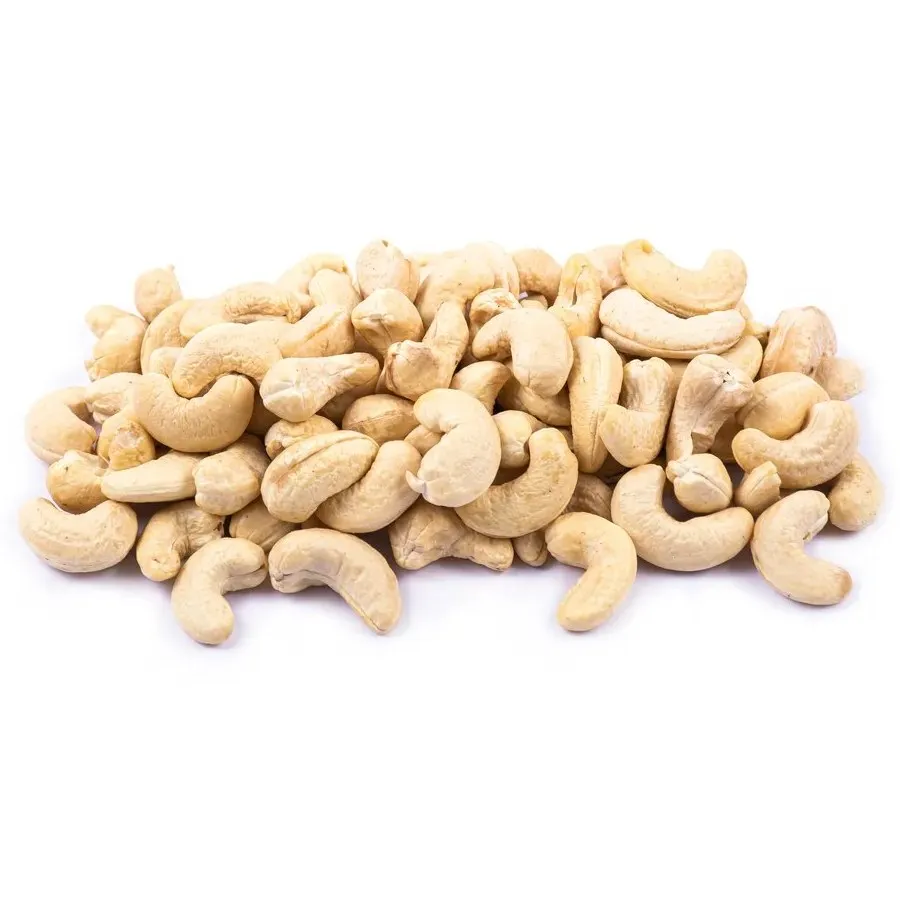
I. Introduction
The cashew market, also known as the cashew nut market, is a significant segment within the global nuts and seeds industry. Cashews, derived from the cashew tree (Anacardium occidentale), are highly sought after for their distinct flavor, nutritional value, and versatility in culinary applications. Understanding the market rates in the cashew industry is crucial for producers, traders, and consumers alike. This article aims to provide an overview of the cashew market rates, including trends, influencing factors, and price analysis.
II. Market Overview
The global cashew market has witnessed substantial growth in recent years. Cashews have gained popularity as a healthy snack option due to their high nutritional content, including essential vitamins, minerals, and beneficial fats. Additionally, cashews are used in various industries, including food processing, confectionery, and plant-based milk alternatives. The increasing demand for cashews as an ingredient or standalone product has contributed to the market’s growth.
III. Supply and Demand Dynamics
The balance between cashew supply and demand significantly impacts market rates. Cashew production is primarily concentrated in regions such as Africa, Asia-Pacific, and Latin America. Any increase or decrease in production can influence prices accordingly. For example, adverse weather conditions like drought or cyclones can lead to reduced crop yields, causing prices to surge. On the other hand, an oversupply due to favorable weather conditions or increased productivity can lead to lower prices.
IV. Geopolitical Factors
Geopolitical factors can also have a significant impact on cashew market rates. Political instability, trade tariffs, and export/import regulations imposed by different countries can disrupt cashew trade flows and, subsequently, affect prices. Trade agreements and disruptions in major cashew-producing regions can also influence cashew market rates.
V. Currency Exchange Rates
Fluctuations in currency exchange rates can affect the cost of importing and exporting cashews. When the domestic currency weakens in relation to other currencies, it becomes more expensive to import cashews, leading to an increase in prices. Conversely, if the domestic currency strengthens, importing becomes cheaper, potentially lowering market rates.
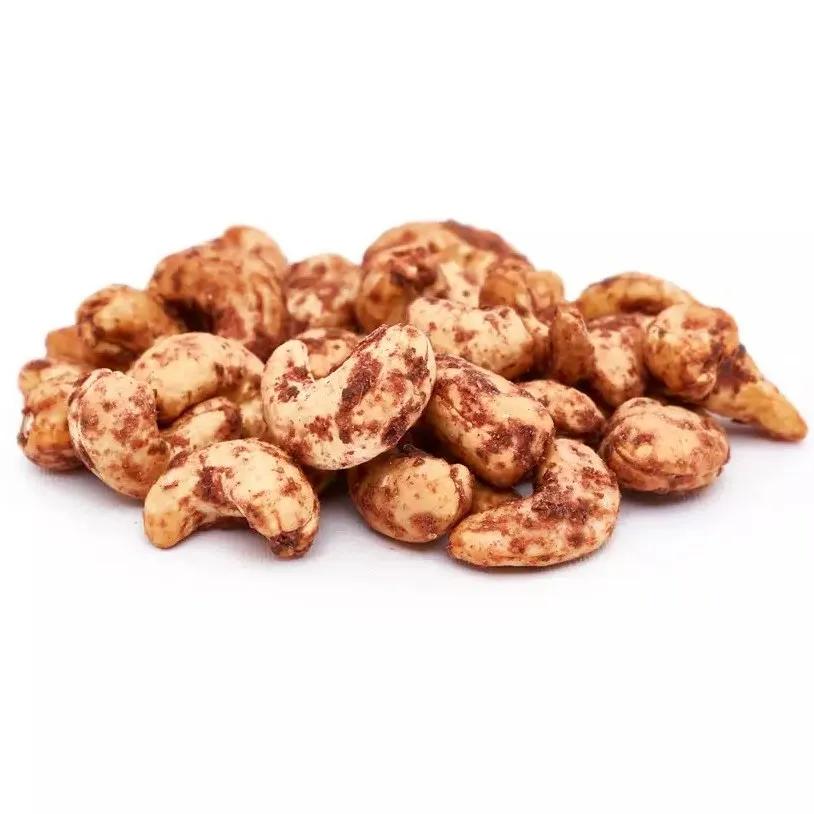
VI. Quality and Specifications
The quality of cashew nuts plays a crucial role in determining their market price. Factors such as size, color, taste, and shell cleanliness influence cashew quality. Higher-quality cashews with consistent characteristics often command premium prices in the market. Buyers and consumers are willing to pay more for cashews that meet their specific requirements.
VII. Processing and Value Addition
Cashews can be sold in various forms, including raw, roasted, salted, or as ingredients in processed products like snacks, confectionery, and baked goods. Value-added cashew products generally have higher market rates than raw cashew nuts. Processed cashew products offer convenience and an enhanced eating experience, leading to increased demand and potentially higher prices.
VIII. Regional Cashew Market Rates
Cashew production and consumption are concentrated in several key regions across the world, with each region having its own market rates. Understanding regional market rates can help stakeholders make informed decisions regarding sourcing, trade, and pricing strategies. Some notable regional market rates include:
1. Africa: Africa is the largest producer of cashews, accounting for approximately 55% of the world’s total production. Countries such as Nigeria, Ivory Coast, Mozambique, and Tanzania are significant contributors to the African cashew market. Market rates in Africa are influenced by factors such as local demand, infrastructure, farming practices, and government policies.
2. Asia-Pacific: The Asia-Pacific region is a significant consumer of cashews. India, Vietnam, and Indonesia are among the largest cashew-producing and processing nations in the region. India, in particular, is an important player in both the supply and demand sides of the cashew market. Market rates in Asia-Pacific are influenced by domestic consumption, export demands, and processing capacity.
3. North America and Europe: North America and Europe are major importers and consumers of cashews. The demand in these regions is driven by factors such as rising health consciousness, increasing preference for plant-based diets, and the popularity of snacks and confectionery products. Market rates in North America and Europe are affected by import policies, consumer preferences, and competition among suppliers.
IX. Cashew Price Analysis
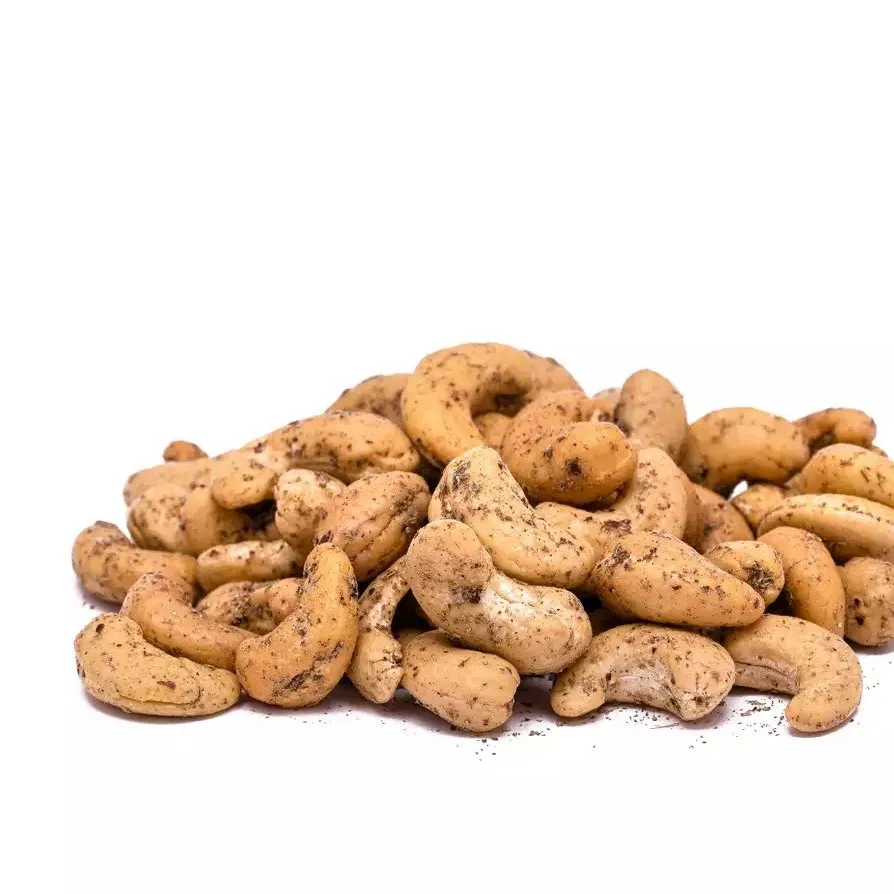
Analyzing cashew prices involves examining historical trends and understanding the current market conditions. Price analysis also takes into account the different grades and varieties of cashews available in the market. Statistical analysis, industry reports, and expert opinions can provide valuable insights into cashew price patterns. Forecasting future price movements involves considering factors like production forecasts, demand projections, and external influencers like climate patterns and governmental policies.
X. Conclusion
The cashew market is a dynamic sector within the global nuts and seeds industry. Understanding the market rates and the various factors influencing prices is essential for stakeholders in the cashew supply chain. By staying informed about cashew market rates, businesses can make informed decisions and seize opportunities in this flourishing industry. Additionally, market rates provide valuable insights for consumers, allowing them to make informed purchasing decisions based on budgets and quality preferences. As the demand for cashews continues to grow, monitoring market rates becomes even more critical to stay competitive in the global cashew market.
